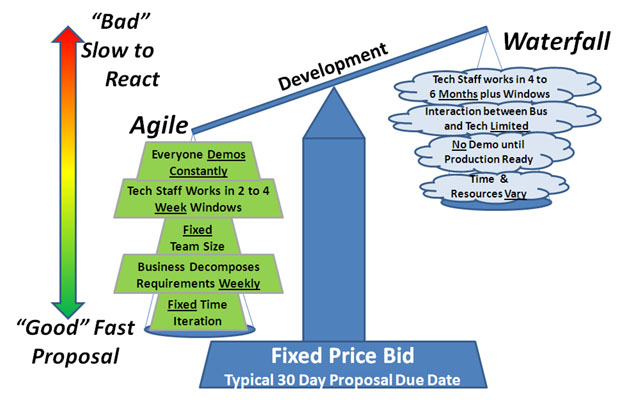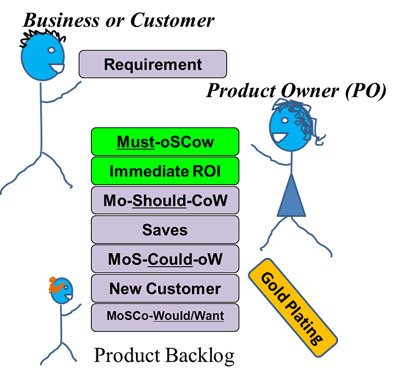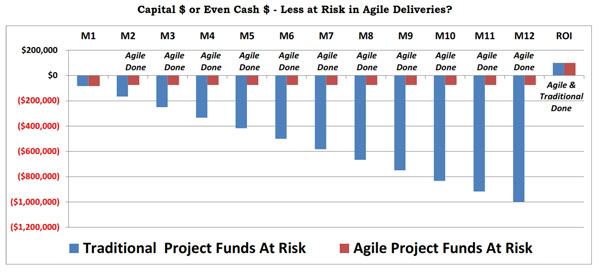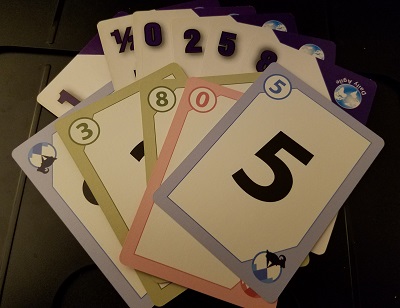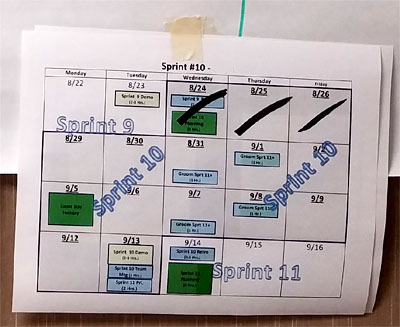The other day someone asked me what I thought the ideal Sprint time-box was and I said 2 weeks. But why two weeks? I did say it might not happen over night but over a few Sprints. Going from waterfall to Scrum or Agile Iterations can be a shock to some. Then yesterday, I was re-reading a book “AgileProject Management with Scrum” by Ken Schwaber published 2004. In the ScrumMaster chapter, he spoke about the Wolves that want to pick off developers to work special projects.

Here Ken Schwaber also speaks of the Scrum Master as a Sheep Dog projecting the team from the Wolves that like to ask Scrum Team members to work on stuff that is not in the Sprint Backlog. Re-reading this chapter reminded me of another reason why I like the shorter Sprints. They Allow for Change! in a Predictable manner.

An organization has to weigh their appetite for Change, not just from a technical point of view, like the time it takes to regression test the software, but also from a Business Point of view. So many organizations forget about the business demands. The Business Cycle can and should drive the Sprint length or time box, otherwise are you really Agile? Hey and I will talk about this later, but if the business wants rapid cycles they have to put out the capital to get there.
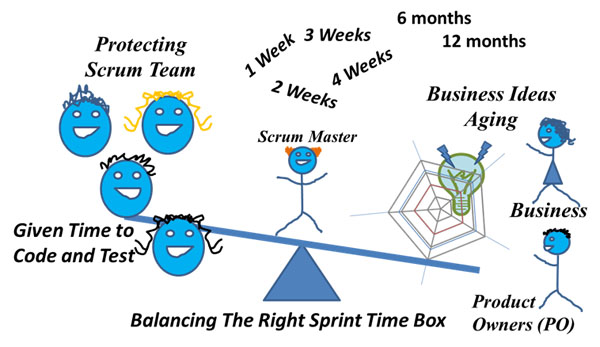
The Scrum Masters or Agile Coaches need to examine what is a rate of change that the business can tolerate, as well as, how long it takes to develop and test new Features. If the business staff and Product Owners can tolerate waiting for a month or more to insert new stories into the Sprint then a month plus is OK. However, if you have a business staff that is constantly getting customer feedback or maybe there are wolves in the organization that like special projects, then a 1 week or 2 week Sprint is better. Get the business to be honest with itself and bring it into the open and agree.
I have never been in an organization yet, that can wait an entire month without wanting to add a new story or Feature to the backlog. If it is the Scrum Master’s job to protect the team from the wolves and the Sprint time box is over a month, Good Luck with that. PO will be either canceling Sprints left and right or nothing will get done because the Sprint Scope will be constantly changing.
A two week Sprint is usually a good pace for a time box. I say that because the Business knows on a pretty steady pace when they can get new ideas into the Product Backlog and then into the next Sprint backlog. It also gives the Product Owner and Scrum Master some time to re-prioritize the Product Backlog and create an assessment of the impact on the product already being developed. It also gives the Product Owner some time to meet with the business to develop wireframes and mock ups, as well as, good acceptance criteria for the story they want worked. Sometimes it is good to take a knee and determine what you really want before sending 5 to 10 people off on something that is not thought out. That is a lot of money to be playing with.
For those who want even shorter Sprint lengths, then some investment in tools will be needed. If an organization has their development and test team rolling along with good automated regression testing and continuous merges of code, then maybe a week long or less Sprint time box will just make the business side jump for Joy. But you have to get to that position to produce good quality work. The business has to look at the ROI for making an infrastructure that allows for rapid development. One day and one week sprints just does not happen on their own. That is a Myth.
Please don’t be fooled into thinking there is no crashing into the Sprint either. The Product Owner can stop a Sprint especially, if a critical system goes down or your top customer needs something ASAP. The Stopping of the Sprint is there to protect the Scrum Team from un-achievable expectations. The Stopping action is the open and honest part of Agile which many forget. Please be honest with yourselves, your team and your customers. If you have to take the team of the product to address an important issue, then that really needs to be communicated up and down the chain. The right people need to let the stakeholders know. This way customers or stakeholder are not shocked if the project is a week late. Please Do Not Hide it.
Special note on our Cookie Dog. She is a Great Pyrenees rescue dog for the past 5 years this coming Labor Day 2016. They are great dogs just Big and Sensitive! You have to be willing to lose some furniture, so they can fit in the house. So here is a shameless plug for http://www.nationalpyr.org/ . Their website is a good place to learn about the breed.
Cheers and Happy Guarding.






